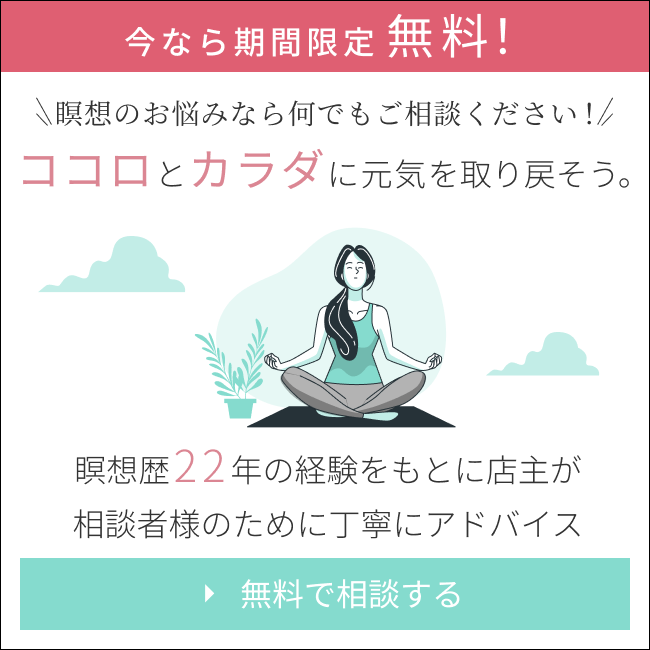◎ How to Understand the Colors and Shapes of Mandalas
Various shapes and colors are used in Mandalas. When trying to understand the shape and color, there are largely three perspectives that can be used.
● Consider the Mandala itself a design, then look at the variations in the design and the colors and shapes that make up the structure of the design.
● Consider the Mandala as a piece of religious art, then look at how the scenery is depicted in shapes and colors, given that the Mandala depicts a sanctuary.
● Consider the Mandala a tool of Esoteric teaching, then look at the Esoteric ideas embedded in the patterns and combinations of shapes and color.
◎ Mandala Shapes
◇ Shapes That Make Up the Design of a Mandala
The components that make up the design of a mandala include geometric shapes such as squares, circles, half moons, and triangles, as well as stylized lotus flowers. Among them, squares and circles are the most common. Lotus patterns are also relatively common, and circles are sometimes drawn as concentric circles.
◇Esoteric Meanings of Each Shape
In Esoteric Buddhism, Buddha is sometimes symbolically represented as organic creatures such as plants, animals, monsters, inorganic substances, or by one Sanskrit character. Similarly, shapes are also used as symbolic expressions, which is one of the characteristics of Esoteric teaching.
In Esoteric Buddhism, a shape is not just a "shape", but rather, it has some sort of meaning or purpose, and it is thought that the meaning or purpose comes from the characteristics of the shape.
The five major elements (earth, water, fire, wind, and void), which are the components of all things, are often seen as symbolic representations of shapes.
Each corresponds as follows:
Earth・・・Square
Water・・Circle
Fire・・・Triangle
Wind・・・Half Moon
Void・・・Jewel (Grouped)
The five-story pagoda is a three-dimensional model based on these five shapes.
The shape of the altar used when praying to Buddha is determined according to the content of the prayer. The correspondence between the content of the prayer (four methods) and the shapes, are as follows:
Health・・Circle
Profit・・・Square
Respect・・Half Moon
Curse・・・Triangle
※ Relationship Between the Four Methods and Shapes
“Health”
Calming calamity. A method that eliminates negative factors such as catastrophe, illness, and anxiety, and seeks harmony or completeness in a current situation.
⇒ The circle represents completeness.
“Profit”
A method that seeks better prosperity than the current situation, such as longevity, fertility, and thriving business.
⇒ The square represents stability and spread.
“Respect”
A method that seeks better prosperity than the current situation, with the aim of seeking the affection and patronage of others.
⇒ The half moon makes us feel unstable as it develops and moves towards the full moon.
“Curse”
A method with the goal of lowering the opponent's power, such as submitting to evil spirits, victory, and eliminating political enemies.
⇒ The triangle makes us feel danger and aggression.
◇ The Shape of the Sanctuary Drawn in the Mandala - Squares and Circles -
Regarding the sanctuary where the Buddha sits in the Mandala, squares and circles are the shapes that protect the sanctuary. As a specific example, let's take a look at the Jeweled Pavilion Mandala and the Shiinkai and Jiyojinne of the Diamond Realm Mandala.
The Jeweled Pavilion Mandala is a square shape with four gates, much like a castle wall. The square altar used to practice this method is said to imitate the Royal Castle, as it is also set up on all four sides according to the scriptures. It is thought that the Buddha is likened to a king, as the sanctuary where the Buddha sits is likened to a Royal Castle, and the walls that protect it are drawn as squares or frames.
While the representation is slightly different depending on the Mandala, for example a vajra drawn as a gatekeeper motif, or no gate drawn at all, or a square room drawn like a corridor, it can be said that squares, frames and divisions play the role of protecting the sanctuary.
In the Shiinkai and Jiyojinne of the Diamond Realm Mandala, a big circle is drawn to divide the inner house surrounded by a square frame, and the outline of the circle consists of vajras to protect the inside. This vajra circle is also said to be an imitation of Chaitya on a circular altar. Originally, Chaitya was a word that described a general worship service, towards where the spirit lived, such as in a sacred tree, or in the shrines, rocks or springs under it.
Since the beginning of Buddhism, the primary place of worship was the pagoda that housed the remains of the Buddha, and “Chaitya” was used as a term for the pagoda. Indian pagodas are semi-circular domes and appear circular when viewed from the ground. The surrounding area is fenced by a ranju (columns), with gates on all four sides. Just like circular alters, it is written in the scriptures that the gate opens in all four directions.
◎ The Meanings of the Color of the Mandala


